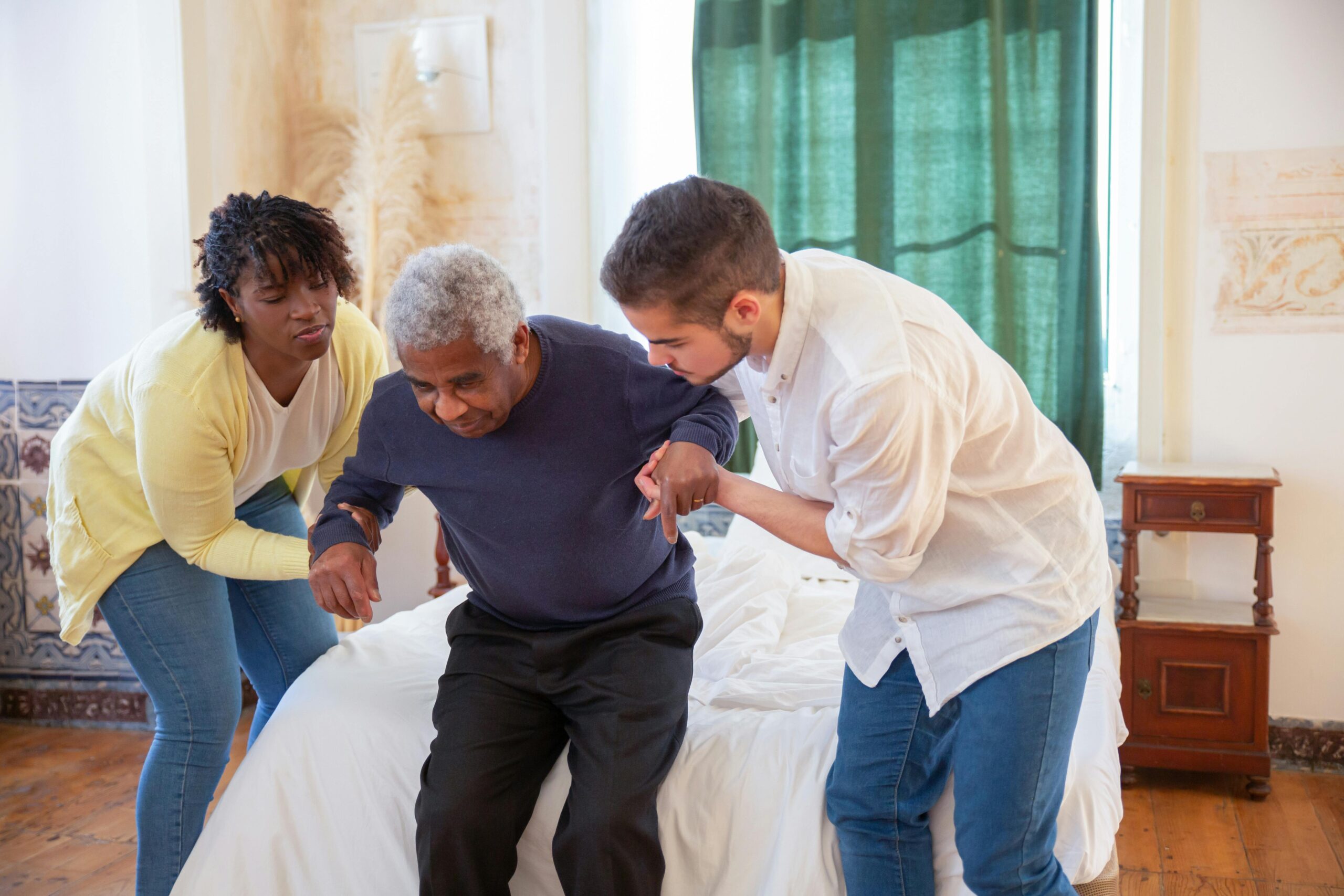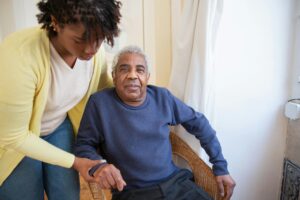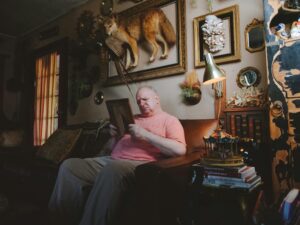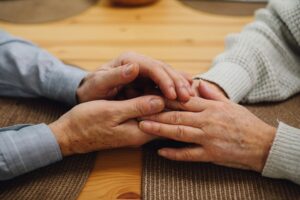Recovering from a stroke is a deeply personal and often challenging journey – not only for the survivor but also for their loved ones and caregivers.
The road to recovery can vary widely depending on the severity of the stroke, but with the right care and support, many stroke survivors can regain independence and enjoy a fulfilling quality of life. Whether you’re a family member, friend, or professional caregiver, understanding how to provide the right kind of help makes all the difference. This article explores best practices for caring for stroke survivors at home, focusing on rehabilitation, safety, communication, emotional wellbeing, and everyday independence.
Create a Safe and Supportive Home Environment
Safety should always be the top priority when supporting someone after a stroke. Many survivors experience mobility or balance issues, making falls a significant risk. Start by assessing the home and identifying potential hazards:
Remove loose rugs and clutter that could cause trips.
Install grab bars in the bathroom near the toilet and shower.
Ensure all pathways and stairways are well-lit.
Consider fitting handrails on both sides of staircases.
It’s also important to think about accessibility. Rearranging furniture to allow for easy movement, adding non-slip mats, or setting up a bedroom on the ground floor can make daily life easier and safer. Simple adjustments like these can help stroke survivors feel more confident and reduce anxiety about moving around the house.
Support Physical Rehabilitation and Mobility
Physical recovery after a stroke often requires physiotherapy to help rebuild strength, coordination, and balance. Even if a physiotherapist visits regularly, family caregivers can support the process by encouraging consistent movement and gentle exercises as advised by healthcare professionals.
Key tips include:
Follow the rehabilitation plan set by the stroke team.
Encourage light activities that match the survivor’s ability level.
Celebrate small milestones – every bit of progress matters.
Regular physical activity not only helps rebuild strength but also promotes mental wellbeing. Patience and consistency are crucial. Overexertion should be avoided, but staying as active as possible is essential to recovery.
Encourage Communication and Cognitive Exercises
Many stroke survivors experience difficulties with speech, memory, or concentration. Speech and language therapy can be an important part of recovery, but everyday communication also plays a key role.
To support communication:
Speak slowly and clearly, using simple sentences.
Be patient and allow time for responses.
Use gestures, pictures, or written notes if speech is difficult.
Encourage social interaction to keep the mind active.
You can also introduce gentle cognitive exercises such as word games, puzzles, or memory activities. These not only help restore cognitive function but also provide enjoyable moments of connection and achievement.
Provide Emotional and Psychological Support
Emotional recovery is just as important as physical healing. After a stroke, many survivors experience frustration, sadness, or anxiety, and some may face depression. Caregivers should look out for signs of emotional distress and offer reassurance and understanding.
Here are a few ways to offer support:
Listen without judgment and allow the survivor to express feelings.
Encourage participation in support groups for stroke survivors and families.
Maintain routines to create a sense of normality and stability.
Seek professional help if emotional symptoms become overwhelming.
Caregivers should also take care of their own wellbeing. Supporting someone after a stroke can be emotionally demanding, and maintaining balance through rest, social contact, and self-care ensures sustainable, compassionate care.
Promote Independence and Daily Living Skills
One of the most empowering aspects of recovery is regaining independence. While it’s natural to want to help, caregivers should strike a balance between assistance and encouragement. Allowing stroke survivors to perform daily tasks, even if it takes longer, helps rebuild confidence and a sense of control.
Encourage independence by:
Adapting tasks to their current ability level.
Using assistive devices like dressing aids or adaptive utensils.
Setting achievable daily goals to foster progress.
Supporting autonomy improves motivation and overall emotional health, contributing to long-term recovery. Remember that recovery doesn’t happen overnight; patience, encouragement, and empathy go a long way.
Conclusion
Caring for a stroke survivor at home requires compassion, patience, and a structured approach that addresses physical, emotional, and practical needs. By creating a safe environment, supporting rehabilitation, encouraging communication, and promoting independence, caregivers play an essential role in helping stroke survivors rebuild their lives. Every step forward, no matter how small, is a victory worth celebrating.
At Avant Homecare, we understand the challenges of caring for loved ones recovering from a stroke.
Our trained carers provide professional, compassionate support tailored to each individual’s needs, ensuring comfort, safety, and dignity every step of the way.



